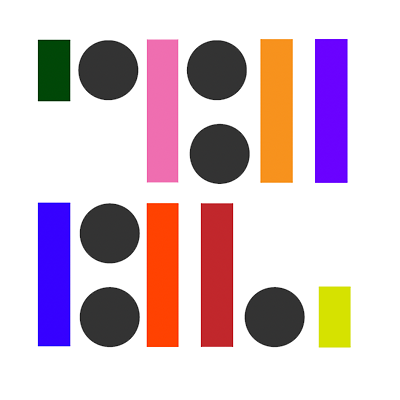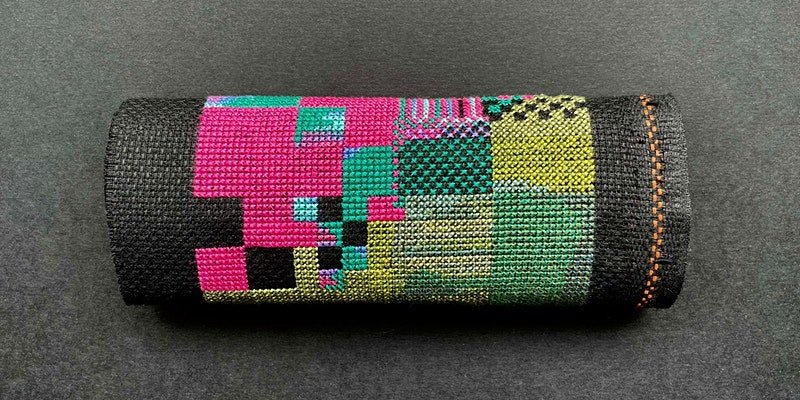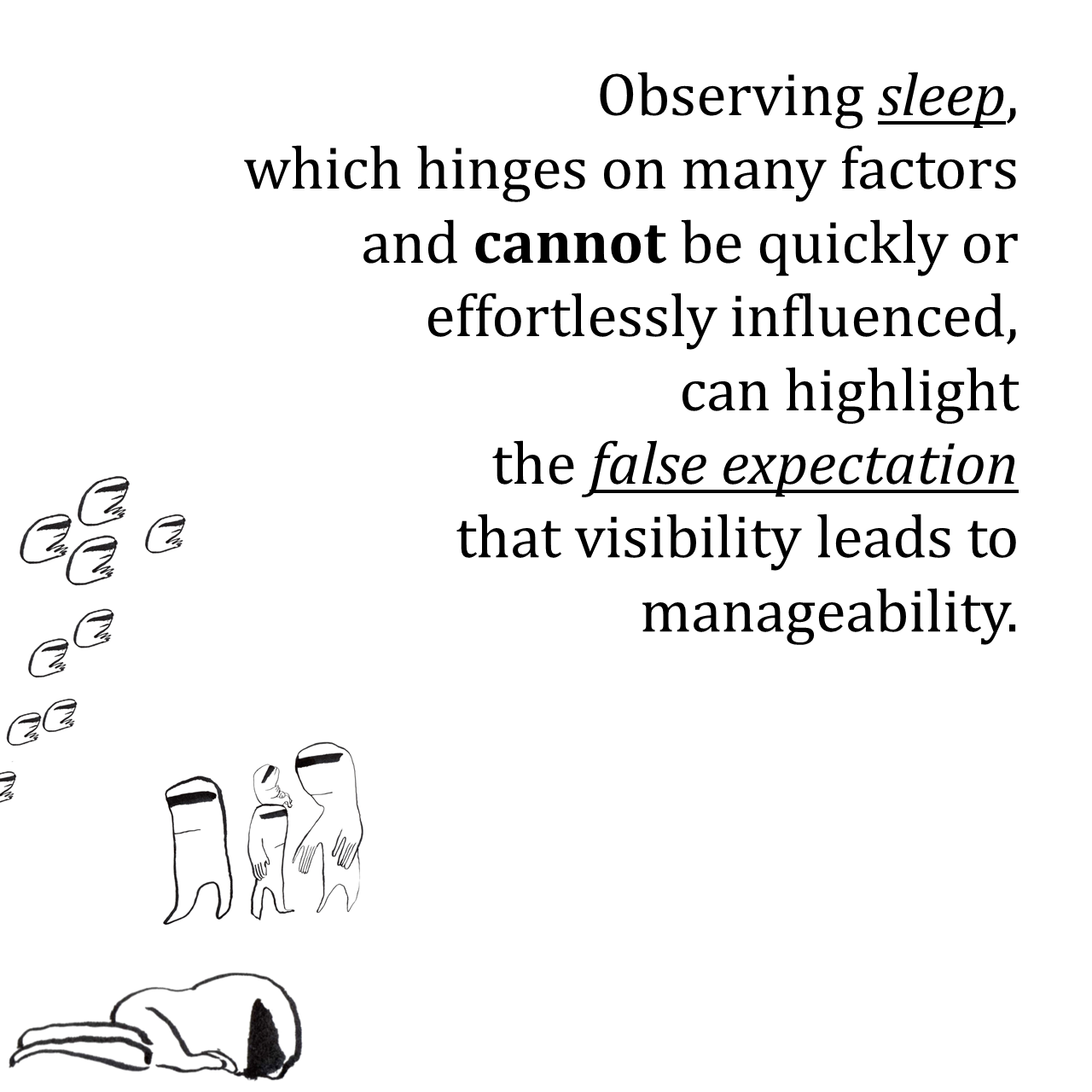data pseudomorphs: an interview
with Kit Kiksenok and Marisa Satsia
Note: Both Kit Kuksenok and Marisa Satsia have taught and participated in courses at the School of Machines, and for the last year formed a feminist research partnership working on anti-systematic art/data practices.
They will be running Data Pseudomorphs from 16 Nov - 14 December, 2021. The class seeks to, through the exploration of data, create individual and collective meaning. Find snippets of our interview with Kit and Marisa below!
While organizing this course, during a call with Rachel Uwa, the School's director, she asked us: So, how did this collaboration get started?
Kit: I took Marisa's Medical Bodies course last year, and it was very inspiring and informative. She taught about the history of anatomic illustration, and how the tools for seeing the body from the Renaissance to today influence not just contemporary art, but the popular imagination of our own bodies. Meanwhile, I was developing and teaching courses about self-tracking and the quantified self, and grappling with a lot of similar issues in terms of the power dynamics of who gets to "see" the interior of the human body and how, so it felt like a wonderful fusion of interests. We ended up having a lot of discussions and forming a research partnership. One of the things we've talked about is how informative and generative the School of Machines has been for each of our research agendas.
Marisa, how has your own research or art practice been influenced by either teaching or taking courses here?
Marisa: My research and my art practice has been tremendously influenced by both teaching the Medical Bodies course but also being taught by amazing humans such as Regine Debatty in her Art and Animals class, WhiteFeather Hunter in BioArtCoven, and Rodolfo Acosta Castro in his Mushroom cloning workshop as part of the Natural Machines program, to name a few. I have been taught a variety of skills, ways of making art and thinking and my aim is to also transfer this knowledge to more people along the line!
The courses are always in tune with my interests and I always get to meet other artists whose artistic practice and research deeply inspires me and can also collaborate with and learn from. Speaking of collaboration, meeting Kit during the 2nd Medical Bodies class has led into many wonderful things so far including writing a paper about Knowing thy flesh and building body knowledge to exploring alternative bodily data practices and creating our new collaborative class in November called Data Pseudomorphs!
Image description: This one of Marisa’s soft robots: “When thinking about simulating the natural world and inner workings of human body such as muscles for example research led me to the design and fabrication of inflatable soft sculptures. These sculptures are as otherwise known as ‘’soft robots’’ and are made from flexible silicone. Following the Soft robotics toolkit by the Harvard Biodesign Lab and the Fabricacademy’s open tutorials, I have managed to design and fabricate my own soft robots. Inspired by biodesign, nature, and the properties of living tissues and systems, this project was part of a two month artistic residency and is an introductory exploration of the potential and integration of soft robots in a visual and multidisciplinary art setting.”
Image description: Section from print book & layout from a project I started in Marisa’s Medical Bodies class in 2020. These images explore the human skin as an organ, and use altered photographs of reconstituted unusable food products.
Kit, do you think our collaboration and partnership has influenced your artistic practice and thinking? And if yes then in what way/ways?
Kit: Oh, definitely! I felt very intrigued by your class when I first signed up. I had no exposure to medical art or the anatomist approach to viewing the body; rather, I was very much seeing the human body as a data analyst, through numbers; and as a yoga practitioner, through movements and sensations. The anatomist perspective, and the ways in which contemporary art has expanded that, was totally inspiring. I ended up practicing figure drawing anatomy for a few months after that, too. From a history of science perspective, the way that the human body is understood is influenced so much by the technology we use! Talking with you about it inspired me to develop a much more visceral, hands-on experience of the “technology of seeing” through drawing, not just in a theoretical sense.
What are you most excited about in our upcoming course?
Marisa: I am really excited for building our own systems of observation and knowledge production of the data body, about asking unusual questions about our daily bodily existence, making and exploring a collective data set and coming up with new ways to make art about things we care about. What I did not mention earlier is that I love learning from the participants as well and this is another aspect I love about the classes and School of Machines in general.
What about yourself?
Kit: I'm really looking forward to the discussions, too! Every time I do any workshop on this subject, I am blown away by the creativity and curiosity of participants. Over the past year, I taught two other courses on personal data practice (Radical Imperfection in Self-Tracking and Radical Imperfection in Time-Tracking) and we had some fantastic discussions. Some ideas about data practice and community care came up then, already. So I'm really delighted that creating and exploring a collective dataset is a major topic in this course. Marisa and I have dedicated time in the plan for looking at how personal data practice relates to citizen science projects; and how the artistic approaches and principles of data feminism introduced in the rest of the course can inform working with larger, co-created datasets.






